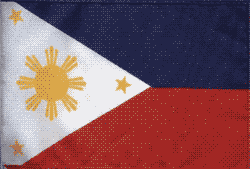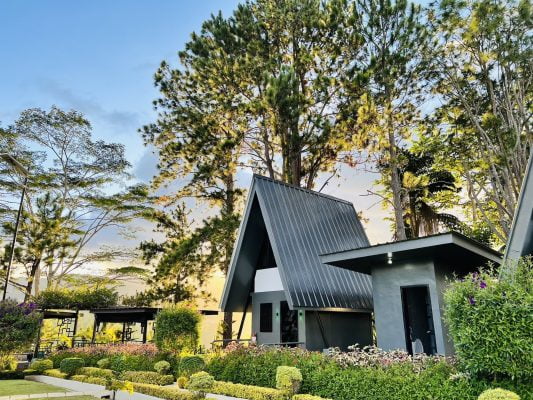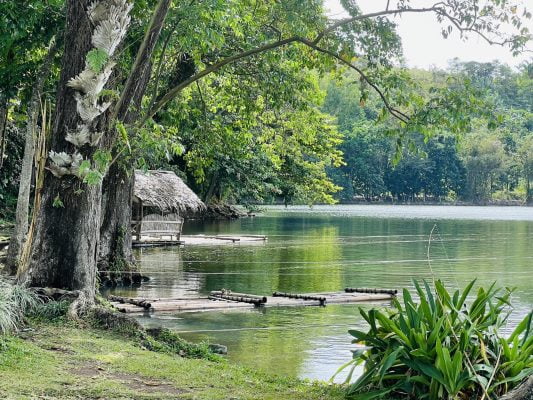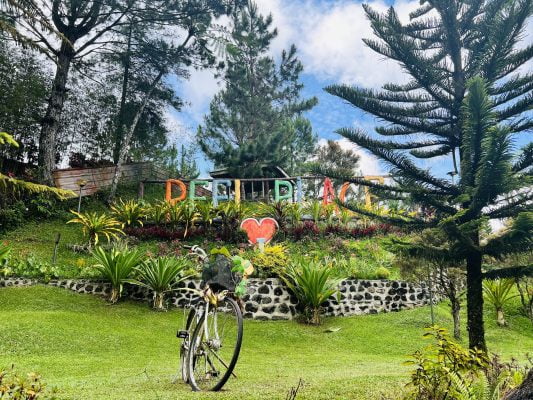
The Philippines has had a tumultuous past highlighted by conquests by foreign invaders from Spain, the United States, and Japan. Let’s take a peek at Philippine history.
Spanish Era
The arrival of the Spaniards and the defeat of native Rajah Sulayman started the 333-year colonial period of the Philippines. Augustinian and Franciscan friars together with Spanish soldiers went from island to island setting up forts, looking for gold and spices, as well as spreading Christianity.
The Roman Catholic faith was embraced by most of the native people. The spreading of this new religion was done through missionary work, and through the Laws of the Indies promulgated by Spain’s King Philip II. Inexorably, resistance came from some tribal groups in northern Luzon and from Muslims in Mindanao. This resistance still carries on today.
The natives were referred to as Indio, short for indigenous during the colonial period. Spanish rule was uncaring which led to numerous uprisings demanding equality.
In 1761 challenges to Spanish rule began when Spain got involved in the Seven Years War against Great Britain (1756-1763). In 1762, troops of the British East India Company captured Manila from the Spaniards. However the Philippines was returned to Spain as agreed in the 1763 Treaty of Paris. This treaty also ended the war. The Spanish defeat from the hands of British motivated resistance from Filipino rebels.
The rise of more patriotic Filipino middle-class men, which was made up of educated native Filipinos, Philippine-born Spaniards, and the ethnic Chinese community was the beginning of the end of Spanish domination and a turning point in Philippine History. Enlightened by the Propaganda Movement against the injustices of the Spanish, these groups wanted independence more than ever.José Rizal, establishing the Propaganda Movement, was arrested and executed in 1896 for mutiny, conspiracy and treason. After his death, which by the way is one of the most significant events in Philippine History, the Philippine Revolution took place led by the KKK (Kataastaasan at Kagalang-galangang Katipunan ng mga Anak ng Bayan) or Katipunan, a secret society founded by Andres Bonifacio and was later led by Emilio Aguinaldo.
It was also during this time in Philippine History that the Philippine Flag was first conceptualized by General Emilio Aguinaldo in 1897 during his exile in Hong Kong, drawing inspiration from the flags used by the Katipunan and the Cuban revolutionaries.
The American Invasion
The U.S. invaded and occupied the islands and fought the Spanish-American War in 1898, in which Spain ceded the Philippines to the United States for US $20 million through the 1898 Treaty of Paris. On June 12, 1898, the Filipinos declared independence from Spain.
Act 1696, known as the Flag Law, was passed on September 6, 1907. This law proscribed the Philippine flag and banned the use of the Philippine national anthem.
This led to rebel wars and revolution during the Philippine-American War which ended in 1901, although sporadic fighting continued until 1913. Under occupation and regime, the U.S. made the Philippines a territory of their own, with little self-government until 1935.
Full Independence
This is known in Philippine History as the U.S. Commonwealth. During the Commonwealth years, Philippines sent a non-voting Delegate to the United States House of Representatives. Independence for the Philippines was finally granted in 1946, when the Japanese occupied the islands during World War II.
Philippine history is deep and an understanding of it will make one better appreciate the country as it is today. The influence of the colonizers are still tangible in the present day. Some historic buildings and even cities have been preserved, most popular of which are the era churches that date back to the Spanish period. Foreign influence is also very evident in Filipino cuisine; even the famous classic adobo is said to have originated from a Spanish recipe.
As you explore the islands, you will learn more about Philippine history. And that in itself is a very rewarding experience.






